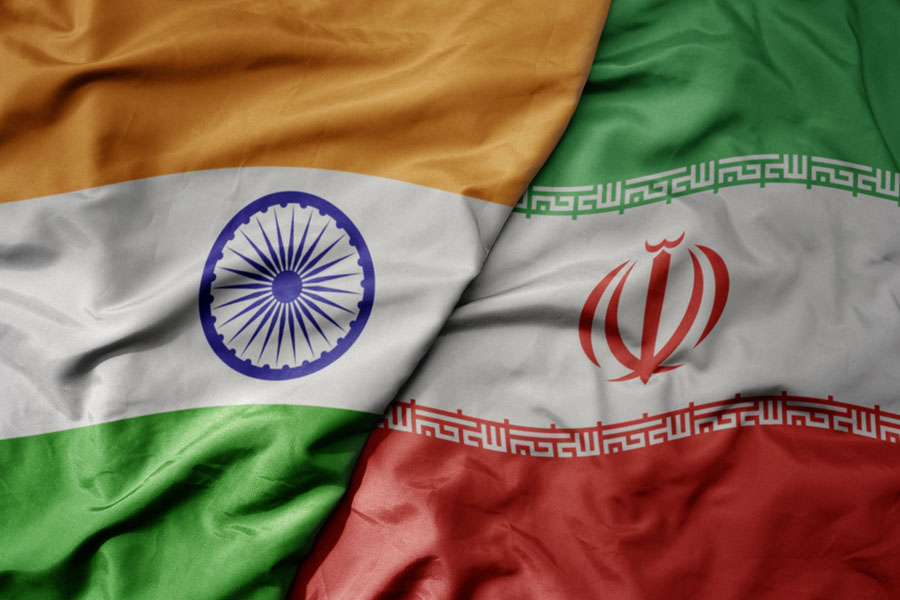Last week a consumer wrote to me about some dark pigmentation she noticed on her lips. Her dermatologist advised her to get rid of all old lipsticks and use new stock. It was then that she discovered that lipsticks did not carry any information on their shelf-life. So she had no means of knowing if the lipsticks that she had were usable or outdated. She also had no idea if the retailer was selling her fresh ones or palming off old stock.
Ironically, it is for this very purpose — of giving consumers the all-important information about the shelf-life of cosmetics — that the government made it mandatory for cosmetics and toiletries to mention the shelf-life. In fact, under Schedule S of the Drugs and Cosmetics Act, most commonly used cosmetics and toiletries have to comply with the specifications laid down under the relevant standards formulated by the Bureau of Indian Standards. And this includes labelling requirements such as the month and year of manufacture or packing and the recommended month and year before which it is best used (“best used before” date). The label should also indicate the key ingredients of the product, besides the manufacturer’s name, net content, batch number, instructions for use, etc.
There are, however, exceptions to this requirement. The ‘best used before’ declaration, for example, is exempted in the case of pack sizes of 10 gm or less or if the shelf-life of the product is more than 24 months. Similarly, the requirement of mentioning the key ingredients is exempted in cases of pack sizes of 30gm or 60 ml or less. Now if you look at individual lipsticks, they come under the exclusion clause for specifying the ‘best use before’ date as the content within the container is less than 10 gm.
In fact, in the case of lipsticks, the consumer does not even get other label information such as the date of manufacture on the ground that there is no space on the individual lipstick containers for such information. Similarly, eye cosmetics such as kajal will come under the exemption clause. So even though it is a product that is applied on one of the most precious and sensitive parts of the body, a consumer neither gets to know the shelf life of the product nor its key ingredients. The list of key ingredients he- lps consumers who may be sensitive or allergic to certain ingredients to identify them and avoid products that have them.
So if this particular requirement under the law — mandating manufacturers to mention the shelf-life and key ingredients — is to serve its purpose, then the exemptions should go. Lipsticks can be packed in individual cartons, giving all the key label information. So also all eye cosmetics. And all cosmetics, without exception and including ayurvedic preparations, should be brought under this Schedule S. Today, only 28 products including toiletries and cosmetics are in the list.
I do not see the logic behind exempting products with a shelf-life of over two years from marking the “use before date”. Obviously, every product has a specific shelf-life and consumers who buy these products have the right to this information.










